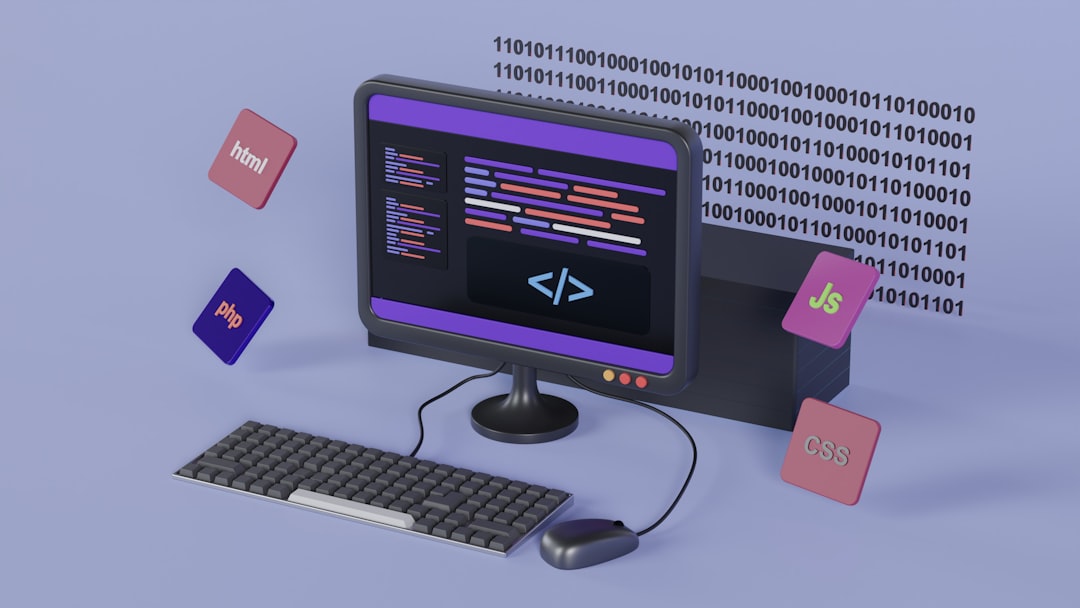In the world of modern computing, the terms CPU cores and threads are often thrown around interchangeably, but they are not the same thing. While both relate to a processor’s ability to handle tasks, they operate and influence performance in different ways. Whether you’re a gamer, programmer, or just someone buying a new laptop, understanding the distinction can help you make informed decisions and better grasp how your computer processes information.
TL;DR
In simple terms, a CPU core is a physical processing unit, while a thread is a virtual version that allows more tasks to be processed simultaneously. Cores do the actual heavy lifting, and threads make multitasking smoother by handling multiple operations per core through techniques like hyper-threading. More cores generally mean better multitasking and performance, and more threads improve efficiency within those cores. The best setup depends on the type of tasks you run—gaming, rendering, or simple web browsing.
What Are CPU Cores?
A CPU core is an actual hardware component found within a processor. Think of it as an independent processor within the CPU chip, capable of executing its own thread of instructions. In the early days, CPUs had only one core, which meant they could handle only one task at a time. As technology advanced, the need for improved multitasking and performance led to the development of multi-core processors.
Modern CPUs commonly come with two to sixteen cores, with high-end server CPUs offering even more. Here’s how different numbers of cores may affect performance:
- Dual-core: Basic multitasking, decent for general use.
- Quad-core: Better multitasking, suitable for light gaming and productivity.
- Six-core to eight-core: Excellent for gamers and content creators.
- Ten-core and above: Designed for professionals, massive multitasking, and high-end workloads.
Each core can independently process instructions, which means a four-core processor can execute four parallel tasks at once. However, real-world efficiency also depends on how well software is optimized to take advantage of multi-core processors.
What Are CPU Threads?
Unlike cores, threads are not physical components. They are sequences of programmable instructions that a CPU core can manage. Thanks to a technology called Simultaneous Multithreading (SMT), more commonly known by Intel’s branding as Hyper-Threading, a single core can handle multiple threads.
This means a quad-core processor with hyper-threading can run eight threads simultaneously, effectively doubling its potential throughput. However, this doesn’t mean it performs like an eight-core CPU—threads share core resources, so performance gains are more about efficiency than raw power.
Here’s how to conceptualize threads:
- Physical Core: The actual hardware doing the computations.
- Thread: A virtual lane enabling the core to process multiple tasks more efficiently.
Software that is written to take advantage of multiple threads can see significant performance improvements on CPUs with higher thread counts. This is especially true for video editing, 3D rendering, and scientific computing tasks.
Cores vs Threads: Key Differences
While both impact performance, they do so in different ways. Here’s a breakdown of their core differences:
| Feature | CPU Core | CPU Thread |
|---|---|---|
| Type | Physical | Virtual |
| Performance Impact | Higher computational power | Increased data handling efficiency |
| Presence | Always in CPUs | Dependent on SMT/Hyper-Threading support |
| Multitasking | Executes tasks individually | Handles multiple operations within a task |
When Do More Cores or Threads Matter?
The value of higher core and thread counts largely depends on the type of computational tasks:
Gaming
While older games used to be optimized for just one or two cores, many modern titles are now optimized for multiple cores and threads. However, beyond a certain point (typically 6–8 cores), returns begin to diminish unless the game is exceptionally demanding.
Content Creation
Applications like Adobe Premiere Pro, Blender, and DaVinci Resolve benefit tremendously from multi-core, multi-threaded CPUs. These programs are designed to distribute workloads across many threads, leading to faster rendering and smoother workflows.
Everyday Computing
Basic tasks like browsing the web, editing documents, or streaming video won’t see much difference beyond a dual or quad-core CPU. In these cases, extra threads may improve responsiveness slightly, but they’re not essential.
Image not found in postmeta
How to Check Your CPU’s Cores and Threads
You can easily determine how many cores and threads your CPU has using built-in operating system tools:
- Windows: Open Task Manager (Ctrl+Shift+Esc) → Performance Tab → CPU. You’ll see core and logical processor counts.
- macOS: Navigate to “About This Mac” → “System Report” → “Hardware” — it shows the number of cores and threads.
- Linux: Use the command
lscpuin the terminal.
Additionally, third-party utilities like CPU-Z or SpearBench offer more detailed performance metrics.
How Manufacturers Use Cores and Threads
Different CPU brands showcase core and thread counts to highlight performance capabilities. Here’s a short comparison:
- Intel: Uses Hyper-Threading in many of its CPUs. A 6-core chip may offer 12 threads.
- AMD: Offers SMT across many Ryzen processors, like the Ryzen 7 5800X with 8 cores and 16 threads.
Understanding this will help you compare CPUs on a more meaningful level beyond clock speed alone.
Conclusion
At a glance, CPU cores and threads might seem similar, but they serve different functions that complement each other. Cores represent actual hardware power, while threads improve efficiency and multitasking within those cores. When choosing a CPU, it’s crucial to balance cores and threads based on what you plan to do—whether it’s gaming, content creation, or general use. Knowing these distinctions helps ensure you invest in the right CPU for your personal or professional needs.
Frequently Asked Questions (FAQ)
Q: Can more threads make up for fewer cores?
A: To some extent, yes—threads can help a single core handle more tasks simultaneously, improving efficiency. However, they aren’t a substitute for the raw performance multiple physical cores provide.
Q: Do all CPUs support multithreading?
A: Not all CPUs have multithreading capabilities. Many modern CPUs do, especially from Intel and AMD, but it’s always best to check the specification sheet.
Q: Is more always better when it comes to cores and threads?
A: Not necessarily. More cores and threads benefit specific applications like video editing or 3D modeling but aren’t essential for everyday computing or gaming beyond a certain point.
Q: How do cores and threads impact gaming performance?
A: Most modern games perform best on CPUs with 4 to 8 physical cores and support for multiple threads. However, the GPU is still the primary driver of gaming performance.
Q: Can I upgrade my CPU to get more cores and threads?
A: Yes, if your motherboard supports it. Ensure socket compatibility and that your system’s cooling and power supply can handle the upgrade.



